AO Edited
Dover Castle
One of the few standing Roman lighthouses and a labyrinth of tunnels are a couple of the secrets at this historic castle.
Fortifications have been at the White Cliffs of Dover since the Iron Age, and a network of underground tunnels and Roman lighthouse are just a couple of its more curious military remains.
Dover is the closest you can get in England to the European continent, and thus it’s long been a major port of the country. The Romans built two lighthouses there, with one of these “pharos” still standing, although it’s now part of the castle itself.
When William the Conqueror won the Battle of Hastings in the 11th century he lined the shore with fortifications, bringing the first century AD lighthouse into the construction of Dover Castle. Although in the 14th century, stonework was added to the pharos, you can still find its ancient remains embedded in the fortress. Dover Castle is known as a major military center for England, but it’s just as significant now for having one of the few surviving Roman lighthouses.
Beneath the castle is another area of intrigue: the tunnels. The multi-level labyrinth cut into the soft white chalk was built to hold 2,000 troops during the Napoleonic Wars. Napoleon never did arrive, and the tunnels were abandoned. Then World War II came around and they were enlisted as a strategic air raid shelter as well as a hospital and command center. You can still find the old operating theater there.
Currently, the 70 acres of Dover Castle are operated as a tourist site by English Heritage. There are over 2,000 years of history to explore, and with a guide, you can even delve into the tunnels.
Community Contributors
Added by
Edited by
The Atlas Obscura Podcast is Back!


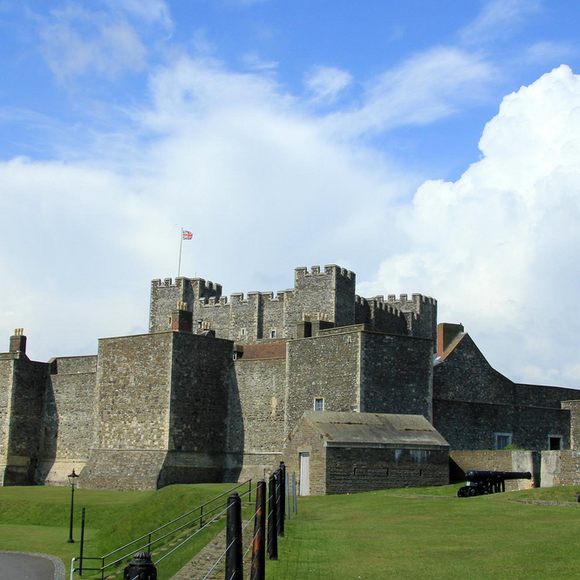

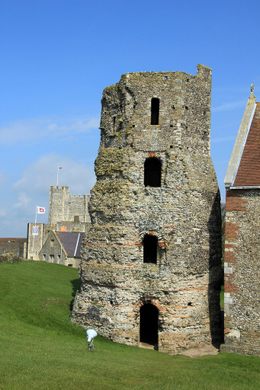
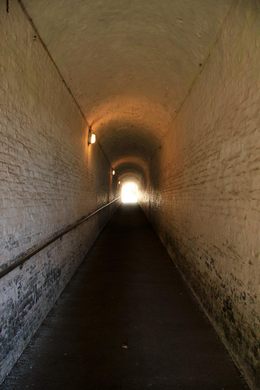
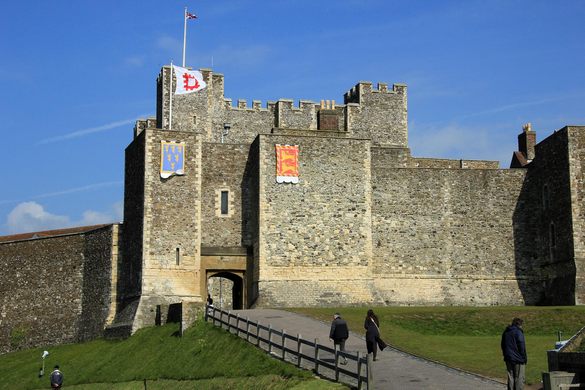
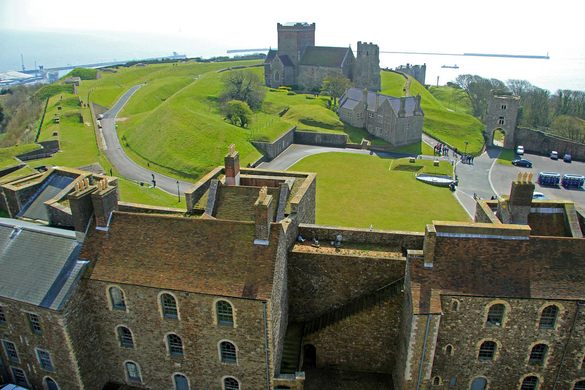
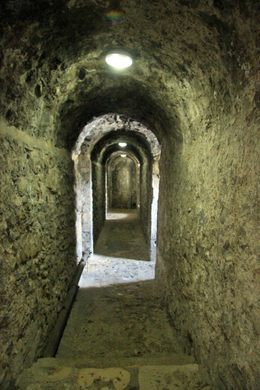
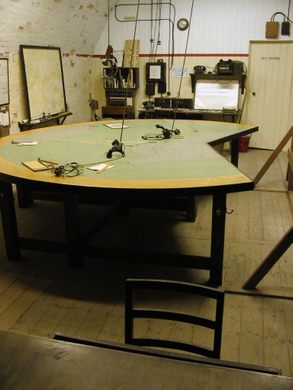

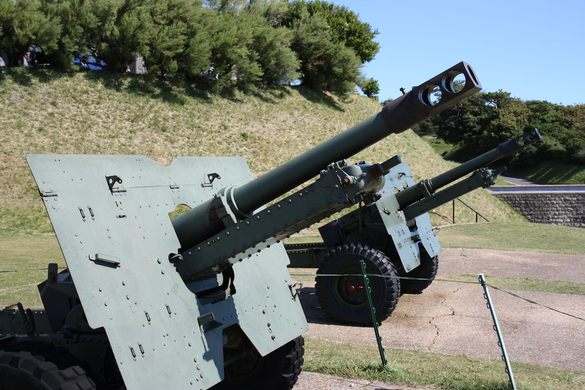

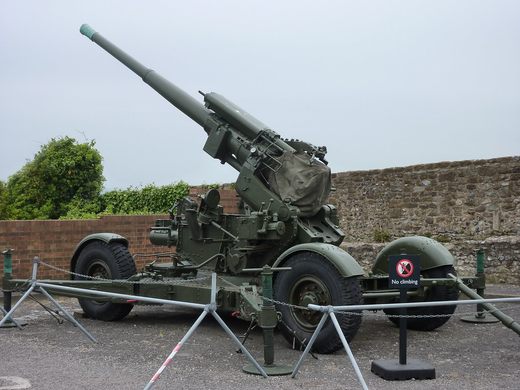















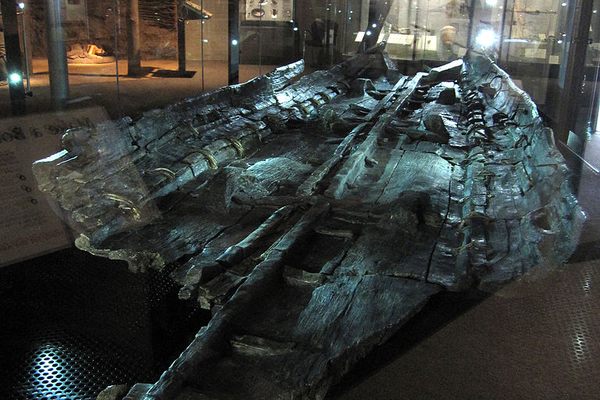







Follow us on Twitter to get the latest on the world's hidden wonders.
Like us on Facebook to get the latest on the world's hidden wonders.
Follow us on Twitter Like us on Facebook